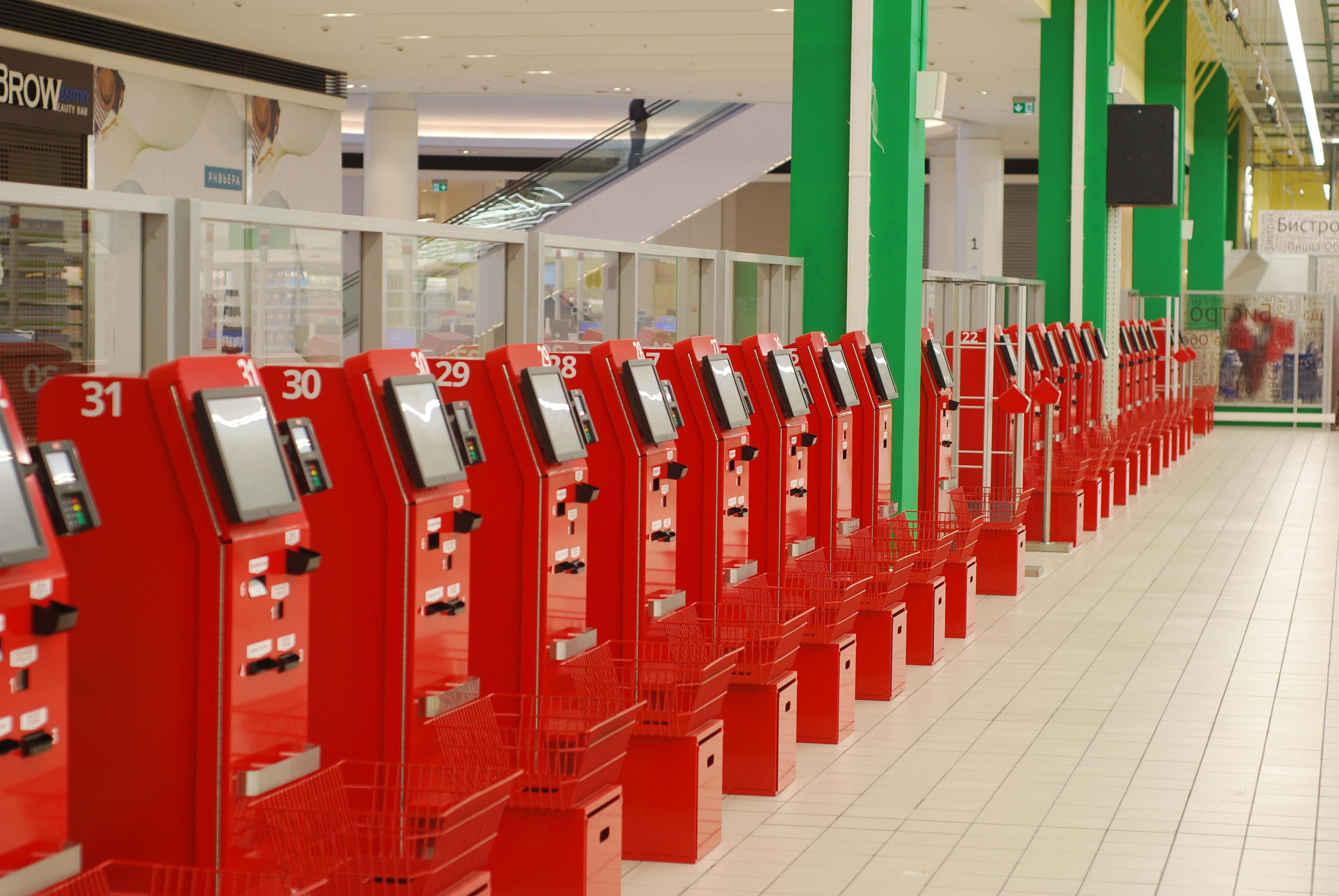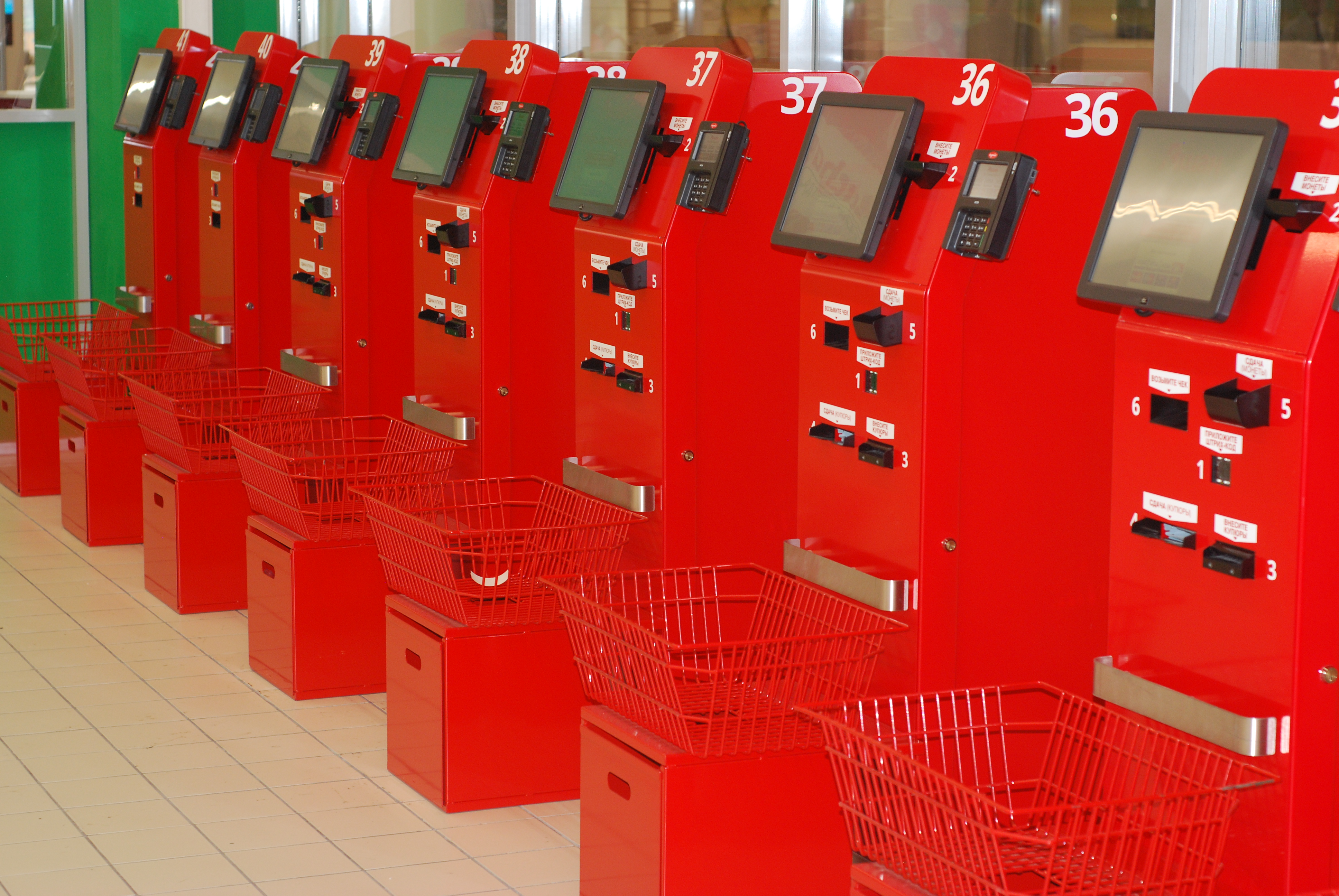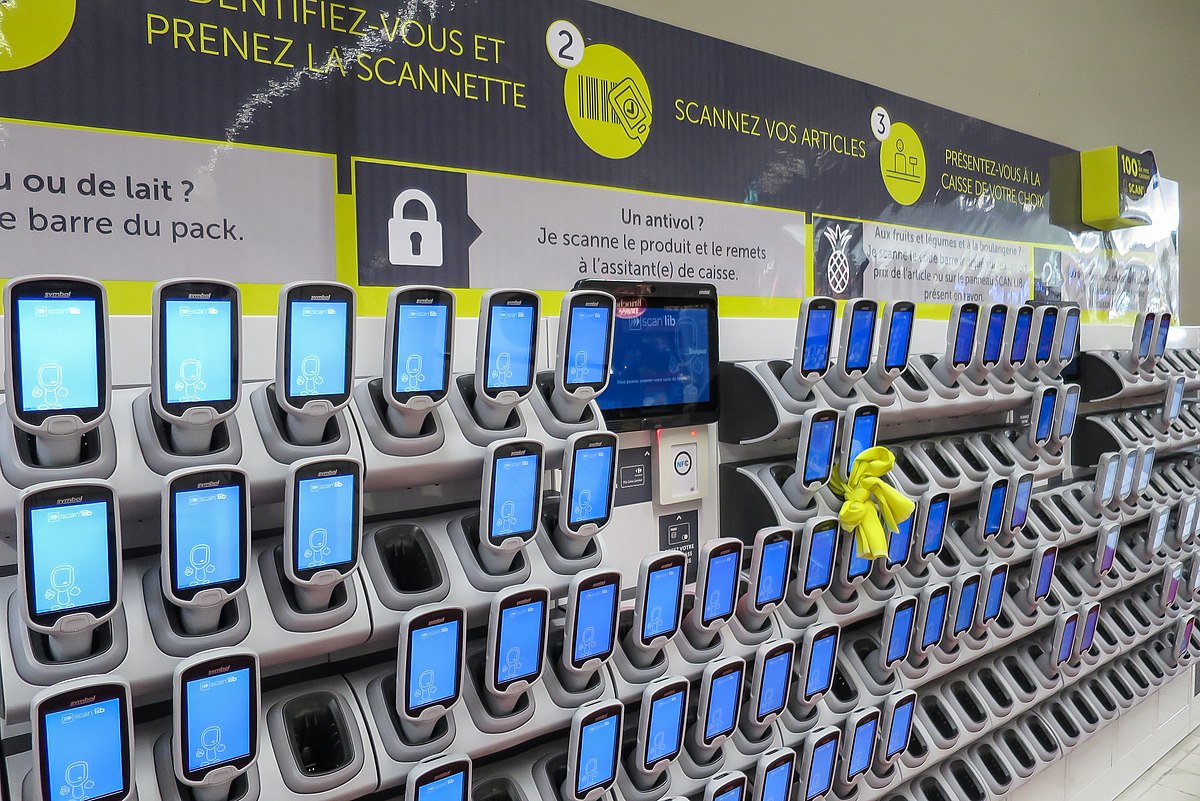Why non-food stores need self-service organization

Why self-service systems introduce not only food, but also non-food stores? How many self-service technologies effectively manifest themselves in the non-food segment? (Spoiler: three) Who will not benefit from these innovations? These and other questions are looking for answers in our article.
What is a non-food segment and why it is not easy
Non-food includes retailers who, as the name of the segment transparently hints, do not sell food products. Behind this broad definition may be hiding, for example, clothing stores, footwear, children's, building materials, pet products, household appliances, electronics, bookstores.
')
In order not to get confused in this variety, the non-food segment has a conditional gradation. Allocate:
- DIY (do it yourself, "do it yourself") - stores of goods for construction, repair;
- BTIE - household appliances and electronics;
- fashion - clothing stores, shoes, accessories;
- beauty - cosmetics, perfumery;
- drogerie - shops, whose assortment is represented by household chemicals, hygiene products, household goods, a small amount of perfumery and cosmetics. He, in fact, combines beauty and household;
- household - household goods.
Bookstore, jewelry, flower, furniture stores and children's goods stores stand apart.
Representatives of the non-food segment are united by the fact that their product range largely consists of pre-selected products (as opposed to the food segment). Such goods buyers choose thoughtfully, comparing with the offers of other stores. And for the sake of them they are ready to put up with inconveniences: for example, plan a special trip to a retail outlet, where the right product at a bargain price is definitely available.
At the same time, the purchase of clothes and household appliances ceases to be such an event as it was before. Now such purchases are made more often and simpler, so the struggle for the customer goes not only to the field of assortment and prices, but also to service, including cash.
Question: how to be? Each retailer solves the problem of attracting and retaining customers in its own way. Someone introduces, develops loyalty programs (we wrote about it here , here and here ), someone regularly conducts marketing campaigns (talked about them here and here ), someone craves for omni-channelity (wrote here ), and someone meticulously working to improve the quality of service. Moreover, systematic efforts in this direction go hand in hand with cost optimization. And at this very moment retailers think about the introduction of self-service technologies.
The most popular self-service systems received in grocery stores (wrote about it here and here ). And, for sure, you yourself have repeatedly used Self-Checkout or the now becoming fashionable Self-Scanning technology there.

But the time has come to expand the horizons. Self-service systems perfectly fit into the conditions of non-food retail, solving such business objectives as:
- reduced queues;
- organization of modern service formats (including for customers who prefer to minimize communication with staff) and increase their quality;
- staff redeployment;
- flexible work with customer traffic during the day and week;
- lower operating costs.
What self-service technologies are most applicable to non-food?
There are five basic technologies of self-service, which allow to solve the tasks stated above. At the same time they have no logical limitations associated with the characteristics of the product itself, working with customers or the method of sale.
- self -checkout;
- separate scanning (Scan & Pay);
- Self Scanning;
- convertible self-checkout (2 in 1 - Self-Checkout + hybrid cashier).
But, as we have already explored at the very beginning of the article, three of them are most applicable in the non-food segment - Self-Checkout, separate scanning (Scan & Pay) and self-scanning (Self Scanning). But this is only the basis that can be combined, getting a lot of effective options.
Self-checkout cash desks are convenient for customers with small baskets and allow working with short peaks of visitor traffic without increasing the number of cashiers. Also, this technology is in demand among people who prefer not to communicate with the personnel of the outlet. And where Self-Checkout is applicable, a transformable cash desk can be used almost everywhere.

Separate scanning (Scan & Pay) allows you to significantly increase the throughput of the cash line and speed of service. In this case, the cashier becomes a scanner without spending time accepting payment. And buyers independently pay at payment terminals.
Self Scanning is important when the retailer wants to show customers loyalty and trust. In this case, he either offers the client to scan the goods in the sales area with his own mobile device by installing the store application on it. Either authorized customers in the loyalty program are issued personal scanners (TSD), equipped with the same application. After the scan is completed, the person can pay for the purchase at the payment terminal or in the mobile application. To confirm the fact of payment, the buyer only needs to present the QR code from the check or screen of the mobile device.

Often retailers combine different self-service technologies using their common infrastructure.
How to implement self-service technology
Consider, for example, a hardware store. Often, these sales points are visited by three categories of customers:
- those who need to spontaneously buy something, for example, before going to the country. These buyers usually have few items in the basket;
- those who buy a lot of goods, for example, for repairs in the apartment;
- professional builders / foremen who purchase goods in quantities that are not even intended for a trolley.
For the first category of buyers it is convenient to organize an express zone with Self-Checkout. Then, holding a pack of screws and a flower pot in their hands, they will not have to stand in line for people with full carts of goods.
In order to efficiently serve the second category of store visitors, it is reasonable to introduce a separate scanning system in it. The operator will quickly scan the goods, which then will need to pay for themselves at the payment terminal.
The third category of buyers differs from the previous ones in that professional builders buy a very large amount of goods and they rarely need advice. At the same time, they do not plan to put anything in the cart - such customers need delivery of the order. Therefore, in this case, it is logical to offer self-scanning. The buyer on samples selects the desired product, indicates its quantity. And after ordering available option of transferring the goods to the delivery service.
Where self-service does not take root
Now let's talk about which retailers do not recommend the introduction of self-service:
- jewelry stores, luxury boutiques - their range is not suitable for self-service for security reasons. In addition, customers of such stores, most often, prefer personal service;
- stores selling hard-to-identify and similar products. For example, points of sale of cosmetics and household chemicals.
What rake can be stepped on when introducing self-service
The most important mistake in introducing self-service technologies is the lack of specific goals for using their advantages and ideas about the expected results to be achieved.
The second is to miss that the introduction of one or more self-service systems will require the cost of the associated infrastructure, the introduction of new requirements for the work of staff and the revision of existing business processes.
The third is the lack of a plan to engage customers in the use of new technologies:
poor organization of the entrance / exit zone, tips and booklets on how to use the system and what are its advantages.
In order to choose the most effective self-service technology you need to analyze a large amount of information. Estimate the number of checks, goods in them, traffic of customers by days and hours, the distribution of cash and non-cash payments, identify peak loads and calculate the performance of the target system. The solution of such a task without the experience of operating such systems and understanding their features is a difficult task. Therefore, it is important to find a competent integrator who will solve it.
Source: https://habr.com/ru/post/444398/
All Articles